When summertime arrives and your garden explodes with rose blossoms, make this homemade rose water. It's a simple process that captures the fragrant essence of roses, distilling them into a light, colorless herbal remedy that you can use in both homemade cosmetics as well as in culinary applications, such as pastries or drinks.
Jump to How to Make It | What is it? | Benefits | Tips | Variations | Common Questions
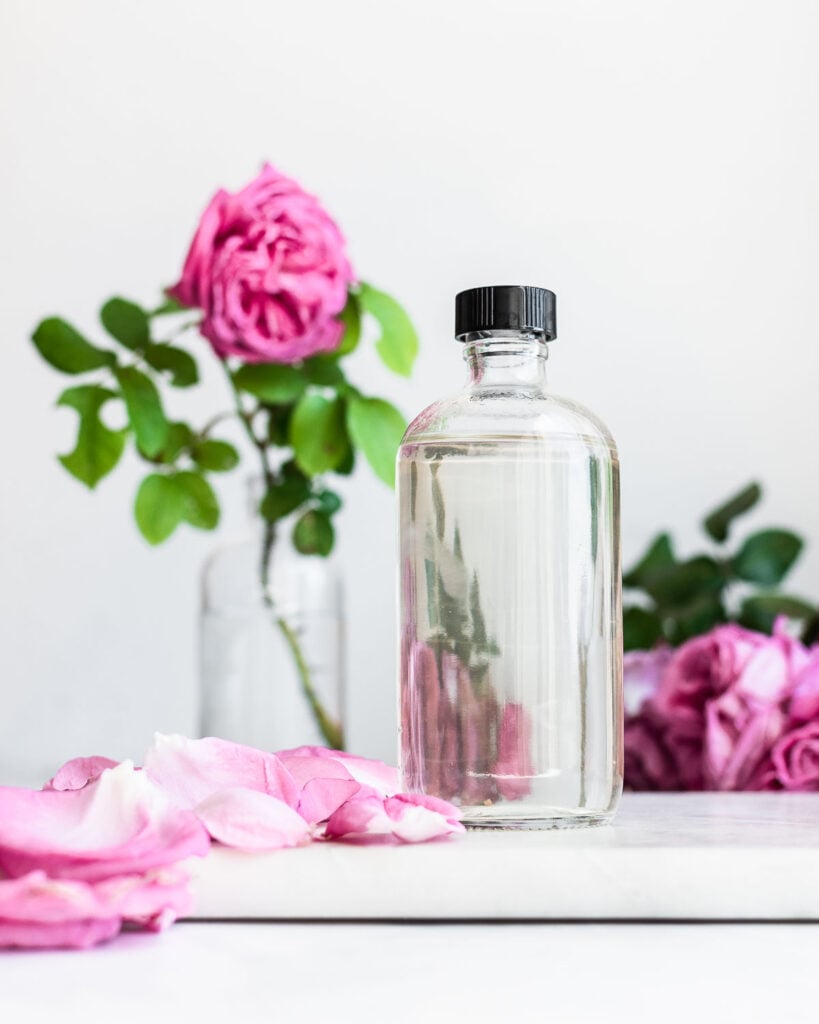
What is it?
Rose water is a colorless, aromatic liquid made by distilling rose petals with steam. As with similar flower waters, it carries a deep and penetrating fragrance that relays the delicate flavor of roses to sweets and pastries.
Rose water is also used in cosmetics, and plays a role in spiritual and religious traditions in Southwest Asia and North Africa with the intention of bringing adherents a sense of meditative calm and relaxation (1).
Rose water vs. rose infusions
Among newcomers to herbalism, there remains an element of confusion between rose water and rose infusions. While they're made similarly and with similar ingredients, there are a few key differences.
Namely, rose water is a long-lasting fragrant liquid that contains the essence of rose. Unlike infusions, it is steam-distilled and colorless. By contrast, infusions are made by boiling, simmering, and steeping roses in water in the same way you would make herbal tea or other herbal infusions. It lasts only a few days, and has a dark color and lighter aroma.
- Rose water is produced through steam distillation of fresh rose petals. It is colorless, aromatic and long-lasting.
- Rose infusion is produced by simmering and steeping dried or fresh rose petals. It lasts only a few days, has a deep color, and is less fragrant than true rose water.
Choosing your roses
Choose the most fragrant roses you can find when you make rose water. Your result can only be as strong as the roses that you start with. I recommend using Damask roses (Rosa damascena) if you have access to them, as it's this heirloom varietal that's traditional used in rose water production owing to its potent aroma. If you can't find Damask rose, any aromatic variety will do - including wild roses.
In addition, choose roses that are organically or naturally grown and are explicitly intended for edible use. Flowers grown for the floristry industry tend to be treated with a wide variety of toxic industrial chemicals and agricultural inputs that make them unsafe for human consumption.
Benefits of Roses
Roses are symbolic of love, and in traditional herbalism throughout the world, they're used to calm the heart, relax the spirit, and ease worry. They're prized not only for their beauty and their aroma, but for their medicinal benefits too. The same botanical compounds that give roses their sweet aroma and vivid colors are likewise responsible for their medicinal benefits.
- Smelling rose water is associated with improved emotional well-being (2).
- Rose extracts may support liver (3,4).
- Rose is strongly anti-inflammatory and is rich in antioxidants that support cellular health (5).
Tips for making rose water
While steam distillation can sound complex, it's really a simple process that you can do in your own kitchen with pots and bowls that you already have.
First, you place a small trivet into a stock pot, and place a heat-proof bowl on the trivet. Next, line the bottom of the pot with roses and cover them with water. Place a lid upside down on the pot, and fill it with ice, then bring the contents of the pot to a boil.
As the water boils, the roses will infuse the steam with their aroma. The steam then rises and once it hits the cold lid, it will condense and drip into the bowl you've set inside the pot.
While the process is simple, there are a few things to keep in mind when you make rose water.
- Choose unsprayed roses. The floristry industry uses heavy doses of toxic chemicals that make their flowers unfit for consumption. So, you'll need to use fresh, unsprayed roses that have been grown naturally or organically - such as those you might find in your own (or a friend's) garden.
- Clean your roses well to remove bugs and debris. I like to plunge the flowers into sink full of cold water. This rids the flowers of bugs and any dirt.
- Use a trivet to lower the likelihood of your bowl breaking.
- Remember to place the lid upside down, as the convex shape of the lid will pull the condensed water to the center of the lid where it will drip more easily into your bowl.
- A deep, curved lid is more effective at holding the ice (and allowing the rose water to drip into the bowl) than a flat lid.
- You may find a deep-colored rose infusion in the bottom of the pot after you've removed the true rose water. Strain this and use it within 3 days. It's nice added to your bath.
Variations
Combine rose petals with other aromatic flowers such as lavender or chamomile to make a complex aroma.
You can make other flower waters using this same method including lavender and orange blossom. Make sure your flowers are safe to eat and have a strong aroma.
Use this same technique to make herb waters. I like to add all my fragrant herbs to the pot, including mint, rosemary, chervil and tarragon.
Common questions
True rosewater is colorless, and made by distilling the steam of simmered rose petals.
Homemade rose water keeps about 6 months, stored in the fridge. You can keep it (unopened) at room temperature for about 2 weeks.
Rose water is often added to cosmetics or used as a toner; however, it has multiple culinary applications, too. You can add it to cakes and pastries in place of vanilla extract, where it imparts a delicate floral flavor.
It also adds a pleasant flavor to cocktails, such as this Strawberry Smash. It's delicious sprinkled over fresh summer berries, too. Use a little at a time (½ teaspoon to 1 teaspoon) in culinary applications as it tastes potent.
You can order edible organic roses online; however, they tend to be highly seasonal and very expensive. Instead, ask a neighbor or friend for their roses (provided they're grown without toxic inputs) if you do not grow them yourself. You can also harvest roses from the wild, provided you act in accordance with local foraging laws and harvest only from areas at least 50 feet away from roads and other sources of pollution.
If you don't want to make your own, or can't find non-toxic fresh roses, you can purchase rose water at many specialty shops, especially those focused on Southwest Asian or North African cuisine. It's also available online here.
Try these herbal recipes next
References
- Boskabady, M. H., Shafei, M. N., Saberi, Z., & Amini, S. (2011). Pharmacological effects of rosa damascena. Iranian journal of basic medical sciences, 14(4), 295–307.
- Barati, Farzaneh et al. “The Effect of Aromatherapy on Anxiety in Patients.” Nephro-urology monthly vol. 8,5 e38347. 31 Jul. 2016
- Davoodi, Ida et al. “Promising effect of Rosa damascena extract on high-fat diet-induced nonalcoholic fatty liver.” Journal of traditional and complementary medicine vol. 7,4 508-514. 13 Feb. 2017,
- Achuthan, C.R., Babu, B.H., & Padikkala, J. (2003) Antioxidant and hepatoprotective effects of Rosa damascena. Pharmaceutical Biology, 41(5), 357-361
- Mileva, Milka et al. “Rose Flowers-A Delicate Perfume or a Natural Healer?.” Biomolecules vol. 11,1 127. 19 Jan. 2021

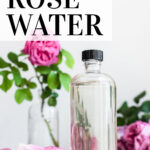
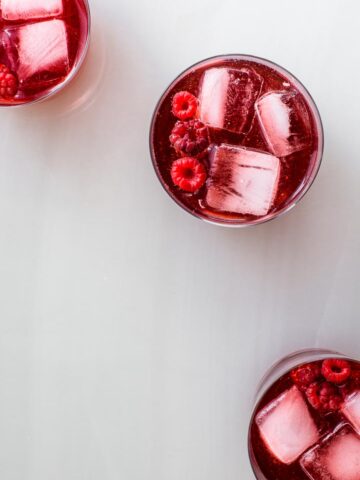
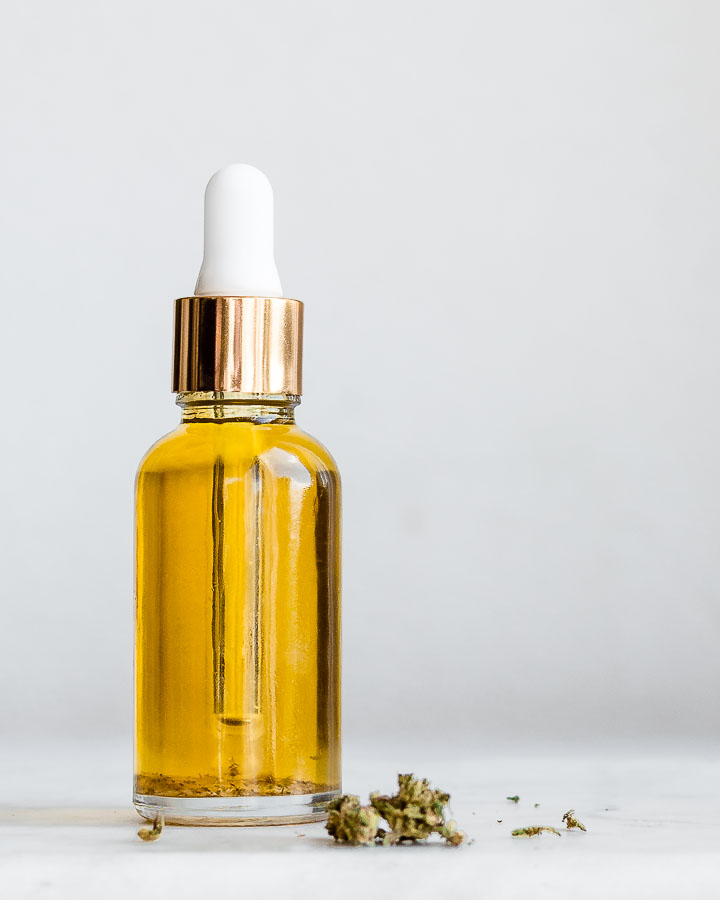
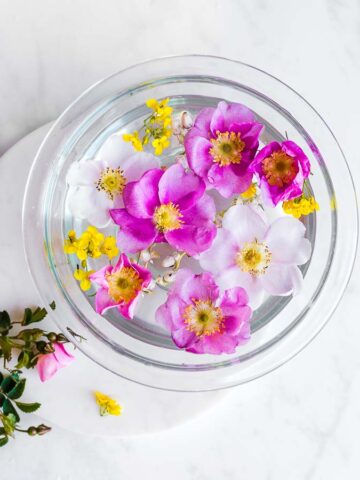
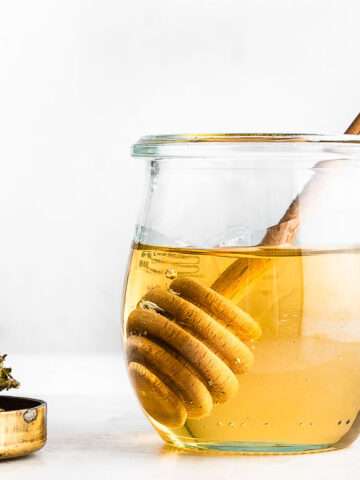

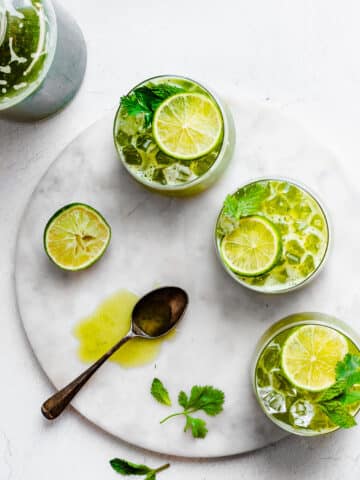
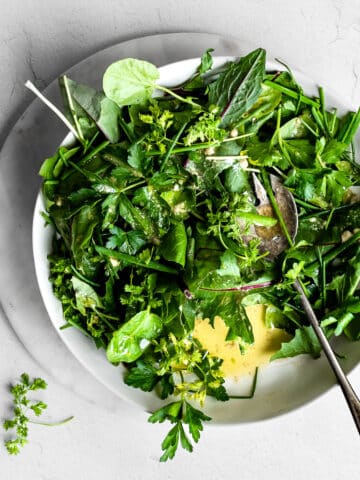
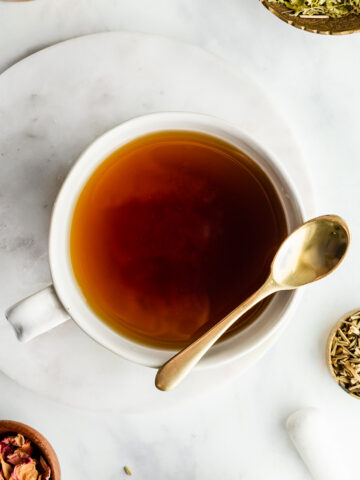
Bella says
This seemed pretty straightforward, and it worked well with my roses. Can it work with other flowers like lavender?